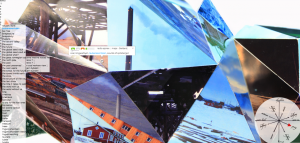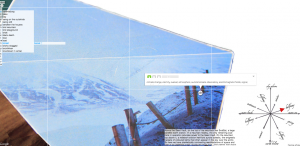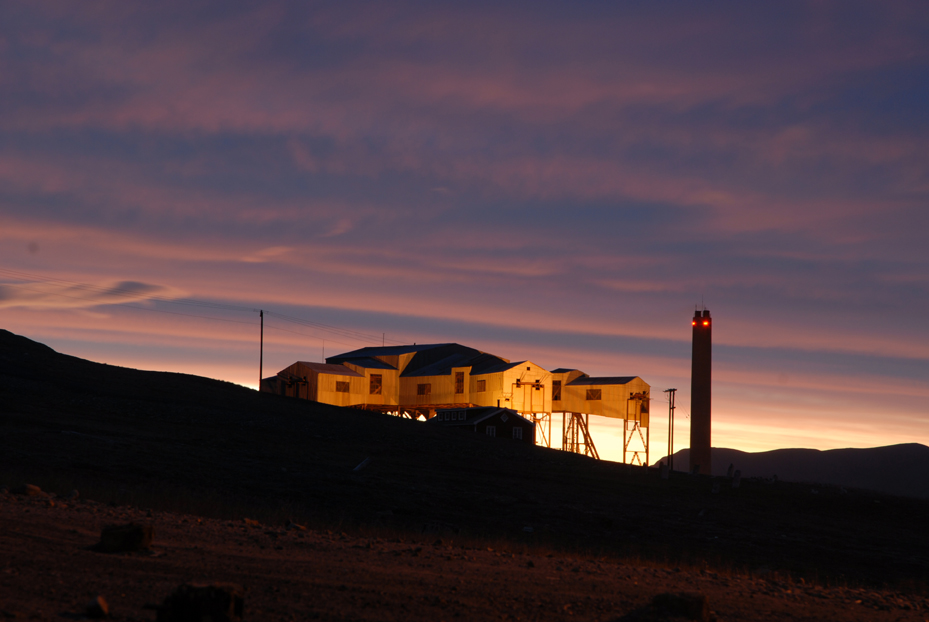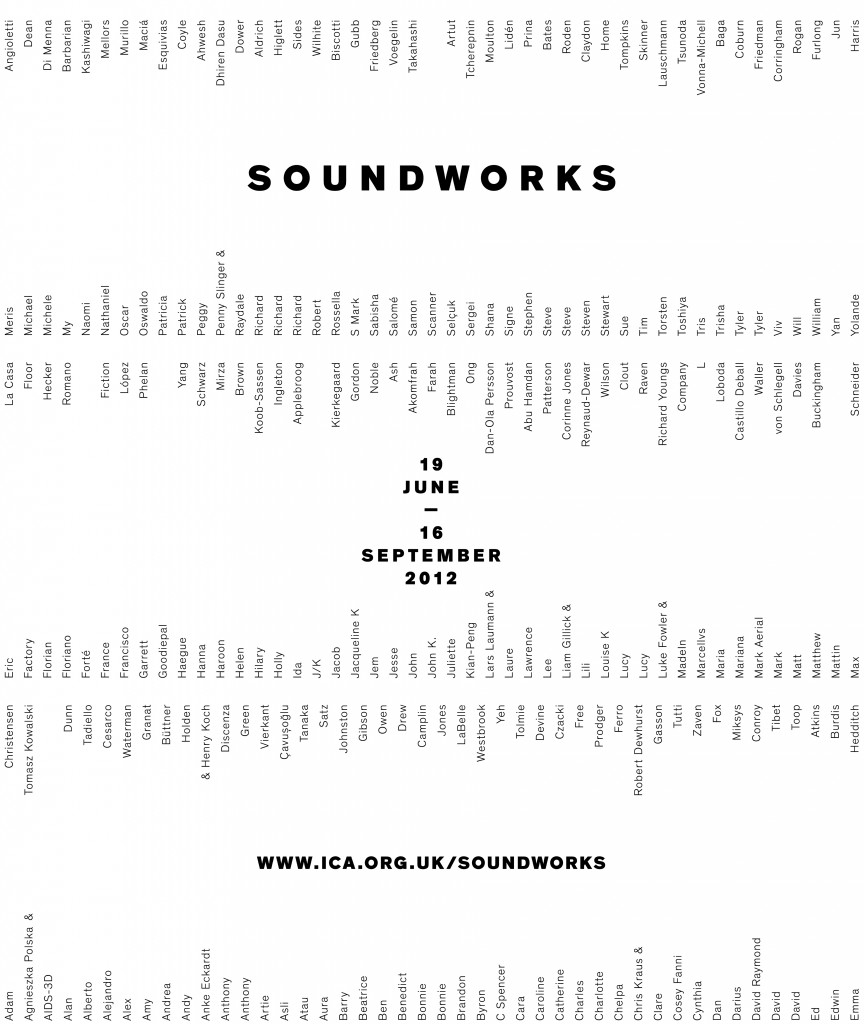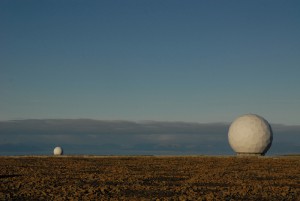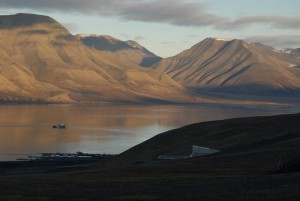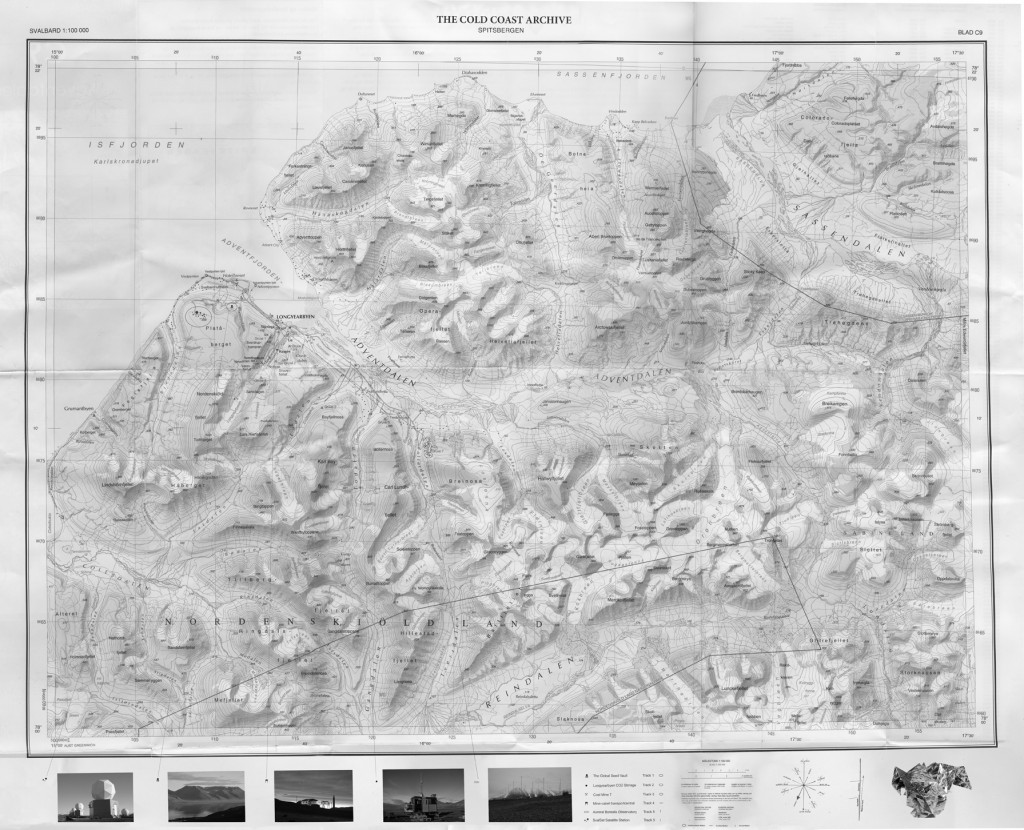Below are two sound pieces made from the recordings I did at Svalbard during my field trip for The Cold Coast Archive. Taubanesentralen, (Coupled Pendulum) was my contribution to the exhibition project Soundworks at ICA in London and Boreal was released at A Quiet Position nr 2. Both sound works in addition to field recordings from Svalbard are uploaded at aporee.org and are to be found in The Cold Coast Archive under “Sound from Spitsbergen”.
Taubanesentralen, (Coupled Pendulum) 7.25
Last autumn (2011) I spent two months on the arctic island of Spitzbergen. One night, a storm hit the town of Longyearbyen. The of the wind kept me awake, so I ventured outside to confront it. Suddenly, I heard some strange sounds coming from the distance – a chorus of frenetic whistling, followed by a low banging. Having u back home to get my recording equipment, I tracked down the source of all these sounds; it came from my favorite building in the this mining town – a huge empty steel construction elevated on poles. The building had formerly served as the central machine hub of the cable cars carrying coal from the surrounding mines. This building, which usually stood as a mute symbol of the city’s once-industrious past, trembled in the wind. The rain bombarded its surfaces. It was a mysterious, wonderful cacophony and I recorded for hours.
The following day, as I listened to the recordings, I came to one track that stunned me. It was the sound of whistling wires recorded with contact microphones, yet there was something else on the recording: a deep motor sound, sometimes coughing, but mostly humming. I could not remember hearing any motor on the night I made the recording. Had I captured a time wrap? Did the wires circulate the low frequencies of the old machinery to keep its memory alive? The voice of the genius loci of that abandoned place? Ghosts aside, through this recording, I had accidentally captured something I had felt that night, but not been able to identify.
Boreal, 6.30 min
This summer I went to collect material for The Cold Coast Archive, a joint project with fellow artists Annesofie Norn and Steven Rowell about the Global Seed Vault, a seedbank located on the Norwegian island of Svalbard, near the North Pole. The facility preserves millions of different plant seeds for food crops. The seeds are duplicate samples of seeds held in gene banks worldwide to provide insurance against the loss of seeds in the other gene banks in the case of large scale regional or global crises and catastrophes. The Cold Coast Archive is using its arctic location, and its rich symbolic significance, as a starting point for an exploration of human beings’ efforts to preserve civilization and defy the inevitability of its demise.
The Global Seed Vault is a 120 meter long cave in the arctic mountains of Svalbard, surrounded by abandoned coal mine shafts. As I explored the Vault, I became acutely aware of its surrounding environment. Above the Seed Vault, on the top of the mountain lies SvalSat, a large satellite earth station. In a mountain nearby, the only remaining coal mine in operation provides power to the Seed Vault. On the mountain top above it, a research station monitors aurora borealis, the enigmatic carpets of coloured lights that often appear in the sky over the arctic.
So here we have dramatically contrasting manifestations of space and time at an immense scale: on the mountain tops, instruments that reach deep into space and measure the present and predict relatively close future; deep underneath in the ground, two cavities – one harvesting the energy of fossilized rainforest created millions of years ago and the other protecting life into eternity.
What do these places sound like? What are the sounds – some audible to humans, some only detected by instruments – that mark these environments? And how do they contrast with the wind, the running water and the noise of trucks and diggers during the days of summer, and the arctic silence of the long winter nights?
Boreal is a work based on recordings from both the hidden and audible sounds from SvalSat and The Auroral Station.
The piece was released at a quiet position edition two, which also was below the radar-contribution for The Wire magazine.
